Reclaiming waste water for reuse
By Edit Team | December 23, 2016 10:36 am SHARE
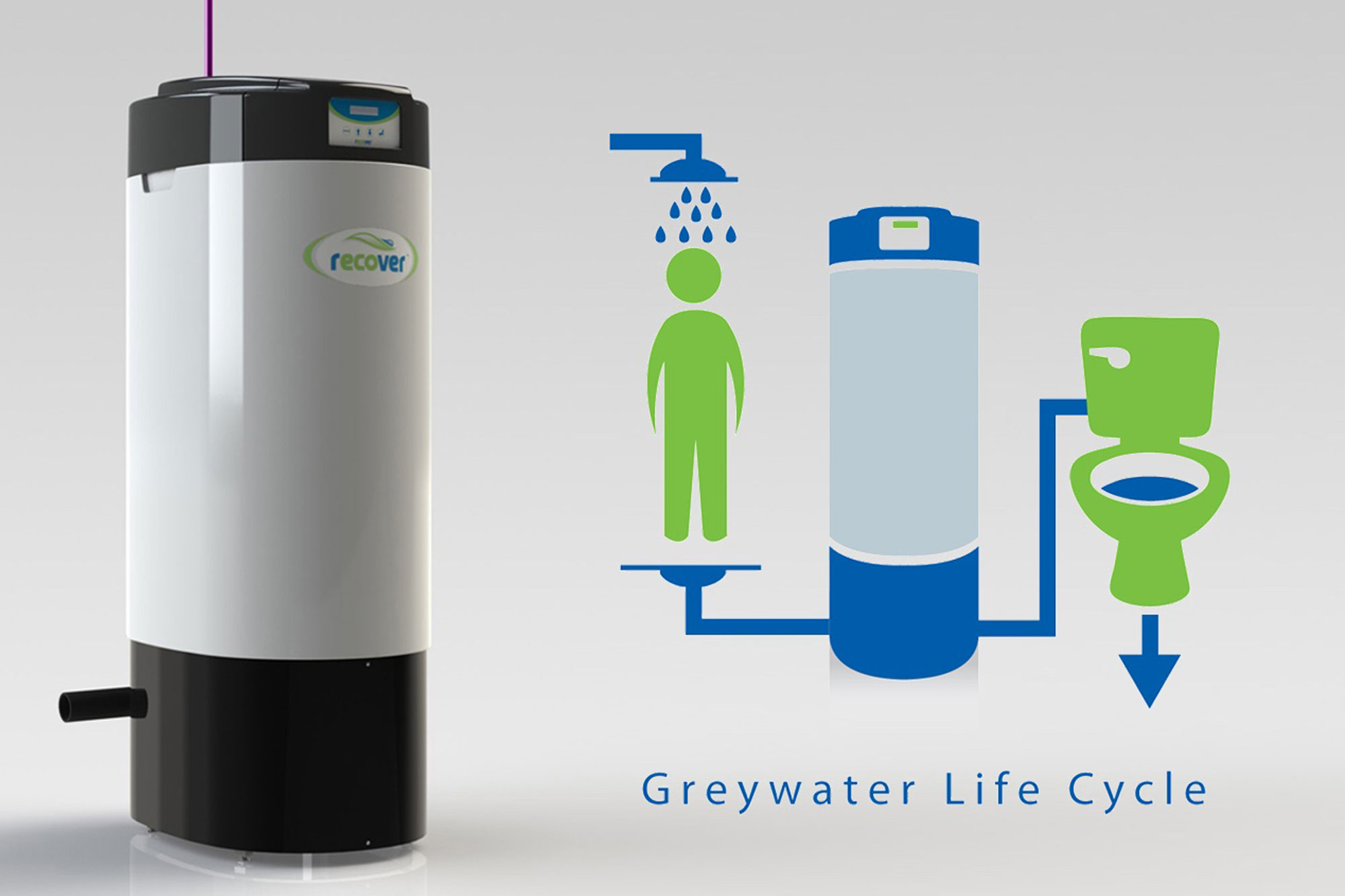
Reduce, reuse and recycle – three words that form the leitmotif of waste management. For water, one can add a fourth – ‘Reclaimed’. By reclaiming waste water for reuse, the demand for fresh water is reduced. The more we reclaim the more fresh water we save.
Saving water is every individual’s duty. One cannot sit back and expect the government or corporate to solve the water crisis in the country without the individual doing his/her part. One might wonder how individual households can recycle/reclaim water. How can you have your own personal treatment system?
For over two decades, Bio-Microbics has been doing just that – decentralized treatment systems for individual houses. Now, Bio-Microbics brings an even simpler more convenient system to save water. Toilet flushing makes up about 30 per cent of overall household water usage. Using fresh water for this application is a waste of a valuable resource. Reclaimed water can be used for this application. The company claims that the Recover residential greywater recycling system is specifically engineered, and has been extensively tested and proven to do just that.
Greywater is drained water from showers or baths. Normally, greywater goes down the drain and mixes with blackwater (drained water from toilets or kitchen sinks) which then either ends up in a soak pit (polluting ground water) or into our rivers contaminating the freshwater. With “eco” in its name, the Recover residential greywater recycling system from Bio-Microbics is eco-friendly and saves water at home. The Recover system captures the greywater before it leaves the building, applies filtration and adds a small amount of chlorine for disinfection. The greywater is then stored in a tank to be used to flush toilets. It’s not about the cost of water (although that’s nice too!); it’s the amount of fresh water sources that can be saved due to the volume and frequency of greywater produced and the number of times the toilet is flushed. Toilet flushing is the most suitable application for greywater, since in most homes the volume of water used to flush toilets closely matches the volume of greywater produced in a day from bathing. This allows for a smaller tank size since all the greywater generated is used that same day. As a compact, low-maintenance appliance that takes water from showers and baths to clean, filter and recycle it for flushing toilets, the Recover system can collect the water from one 10-minute shower to flush a toilet up to 20 times, reducing a home’s overall water usage by up to 30 per cent. Because the system uses patent-pending, industry-leading technology with optimized filtration that self-cleans and sanitizes with high pressure recycled water, it is highly efficient and simple to operate.
Moreover, the smart controller can let you know if your toilet is leaking. Water leaks account for approximately 12 per cent of all water use in the average home, and the toilet is one of the most likely places to find them. The smart controller on the Recover unit can monitor and detect these leaks, potentially saving another 13 per cent of the indoor water use!
With the Recover greywater treatment system listed with IAPMO (International Association of Plumbing and Mechanical Officials) research & testing under the “Reclaimed water conservation system for flushing toilets” (Standards CSA B128.1-2006 & CSA B128.2-2006) technology, the Recover unit can reclaim this portion of the home’s water consumption. By using the Recover greywater treatment system, each household can save 30-43 per cent of their total water usage without any compromise to hygiene.
Working of Recover system:
• Greywater that drains from showers or baths and enters the Recover system.
• Greywater passes through the filtration process, where fine particles/contaminants are removed before entering the holding tank. (Drain water from sinks does not need to enter the Recover system since all of the gray water required to flush toilets can be generated from bathing.)
• Once the shower or bath is finished, the system automatically begins a chlorination cycle followed by cleaning of the filter. The chlorine keeps water in the tank fresh and prevents bacterial growth. The chlorinator contains pool type tablets which last from 4 to 6 months.
• Once the toilet is flushed, treated greywater from the Recover system is pumped into the toilet tank. The toilet does not need to be modified in any way. A plumber simply connects the water line from the Recover system to the toilet tank inlet. Once the toilet fills, Recover shuts off and waits for the next flush.
Cookie Consent
We use cookies to personalize your experience. By continuing to visit this website you agree to our Terms & Conditions, Privacy Policy and Cookie Policy.




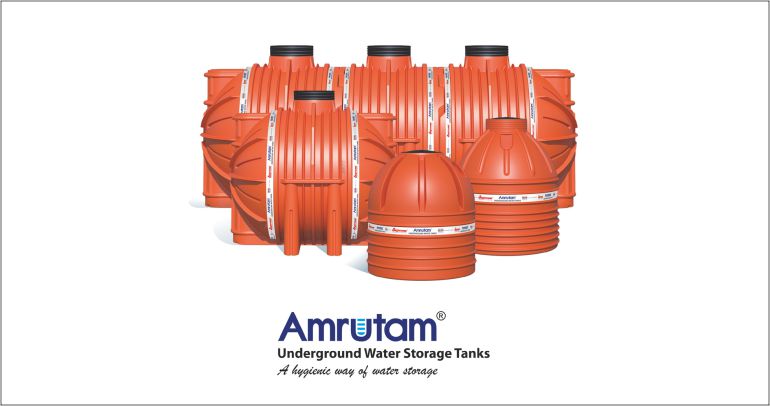


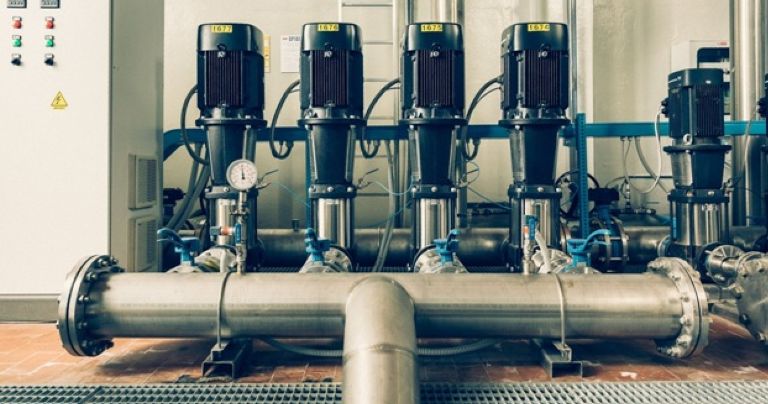
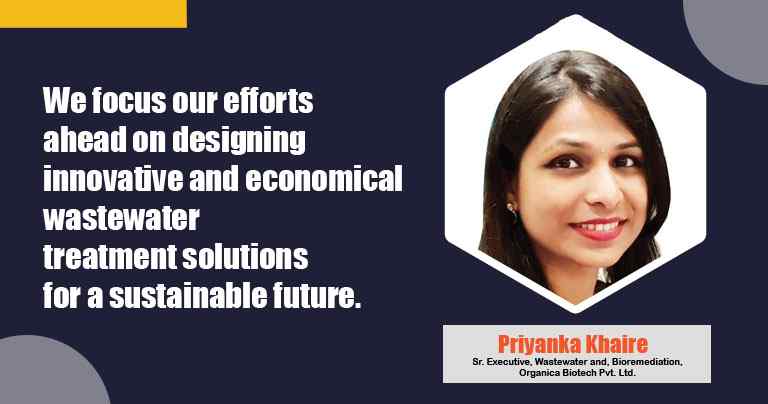



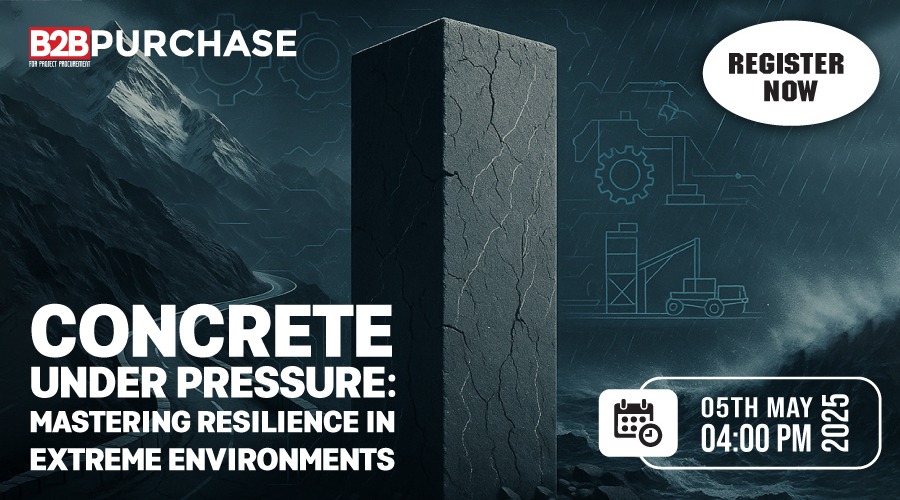























-20240213125207.png)

























